The RAAF operated a total of 1,017 Avro 652A Ansons from 1936 until the early 1950s. DCA approved the type for civil conversion, and large numbers of military disposals Ansons were purchased by civil operators, over 140 being assigned civil registrations.
DCA concerns over poor single-engined performance and deterioration of the glued joints in the wooden wing resulted in a grounding order for all Australian civil registered Anson 1s, effective midnight 30 June 1962.
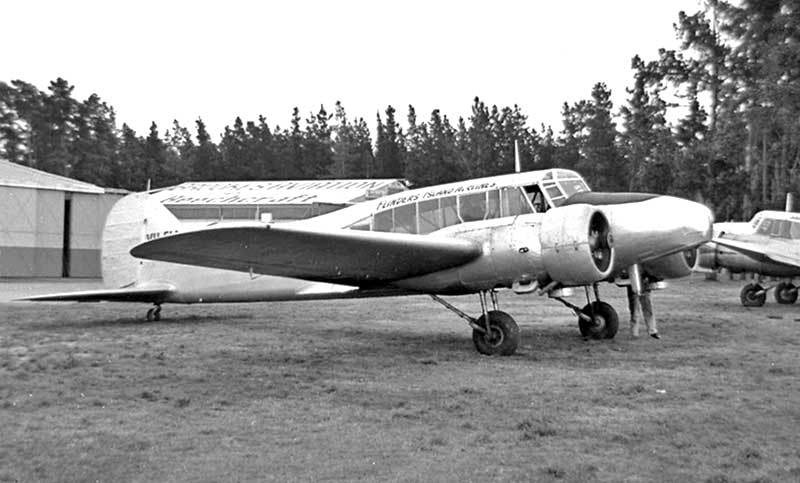
before they were grounded. Here's Flinders Island Airlines' VH-FIA about to taxy, loaded with piles of the Melbourne afternoon
newspaper The Herald which were air delivered each afternoon to Victorian country centres.
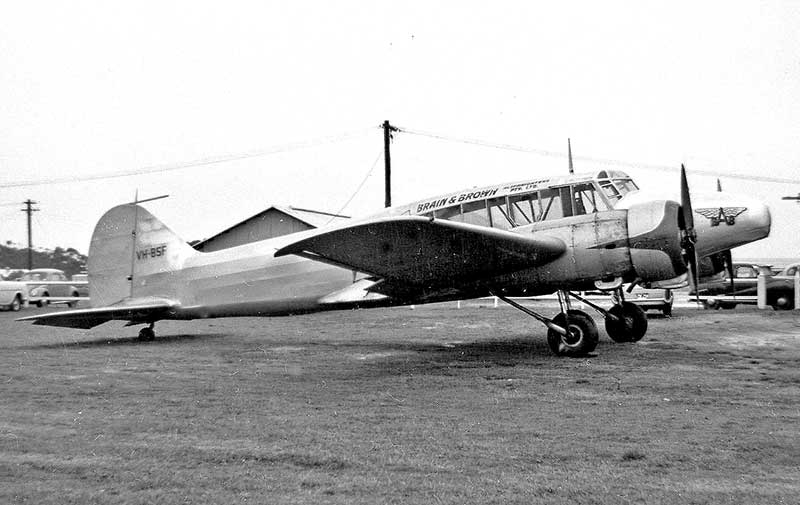
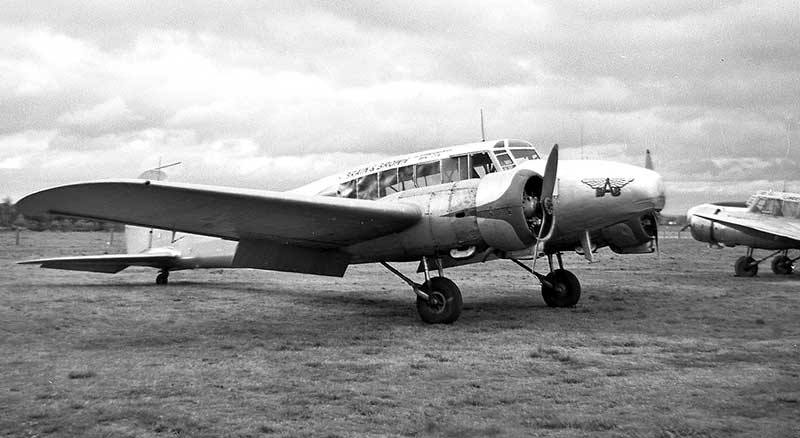
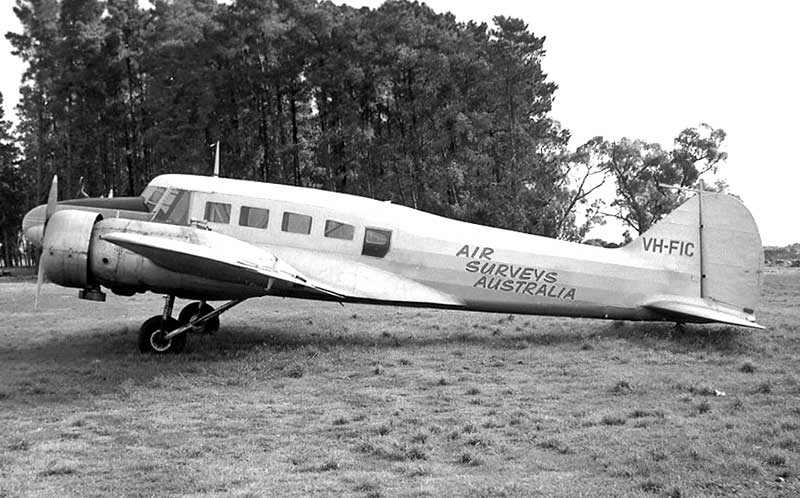
not engaged on survey work.

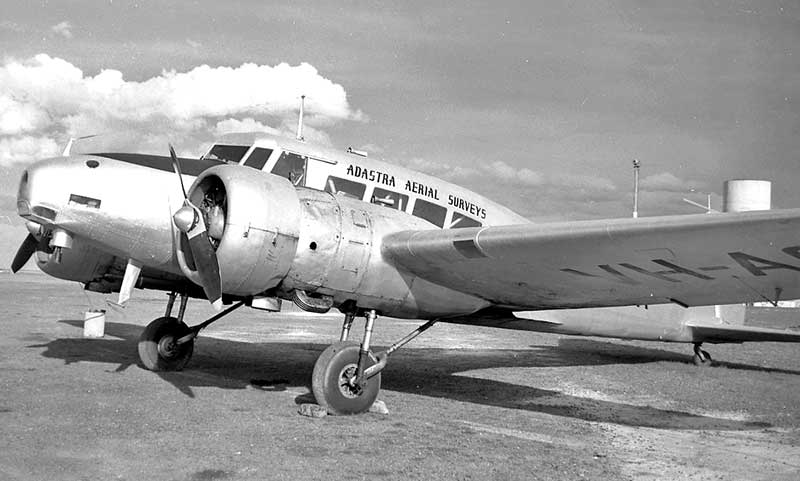

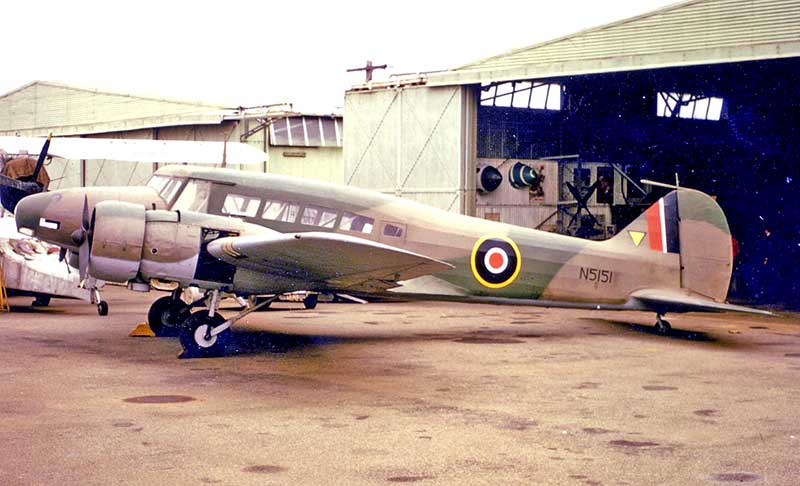
Camden Museum of Aviation. It was restored in military camouflage with a bogus serial number. VH-AGA had actually been
R9883 with RAF and RAAF. This photo was taken in 1967 at Camden by Neville Parnell.
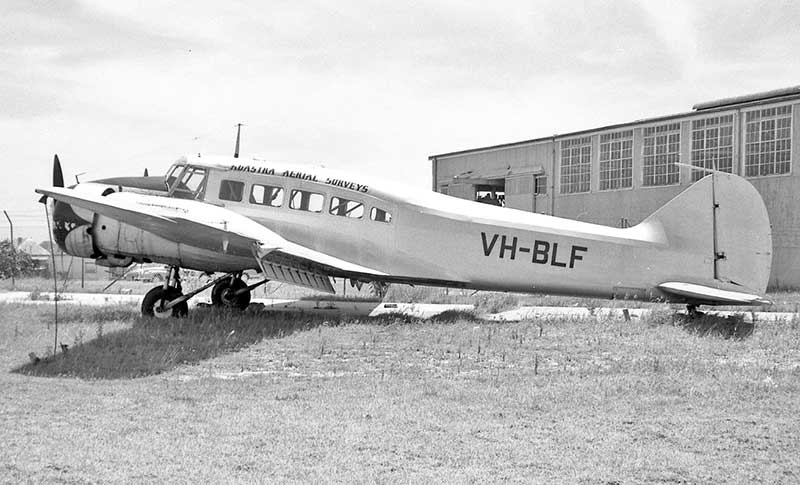
'DCA grounding, VH-AGA and VH-BLF. The latter was forlornly parked outside the Adastra hangar at Sydney Airport in
January 1964.
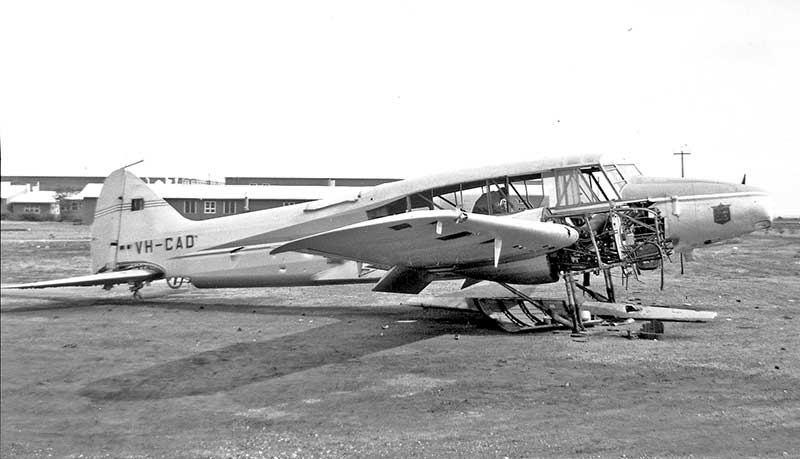
to the airport fire service practice ground at Parafield SA in May 1962. Silver with blue and white trim.
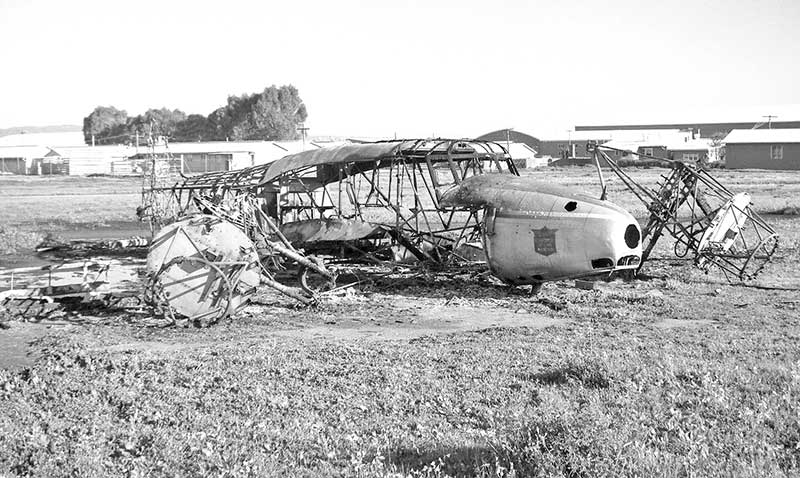
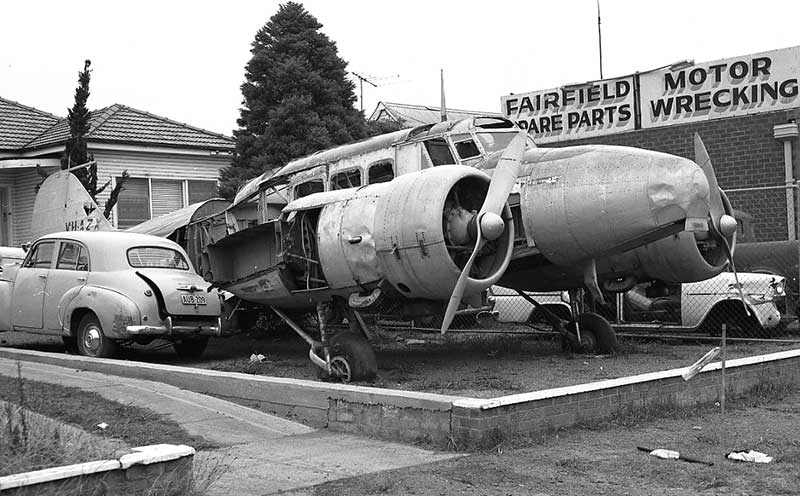
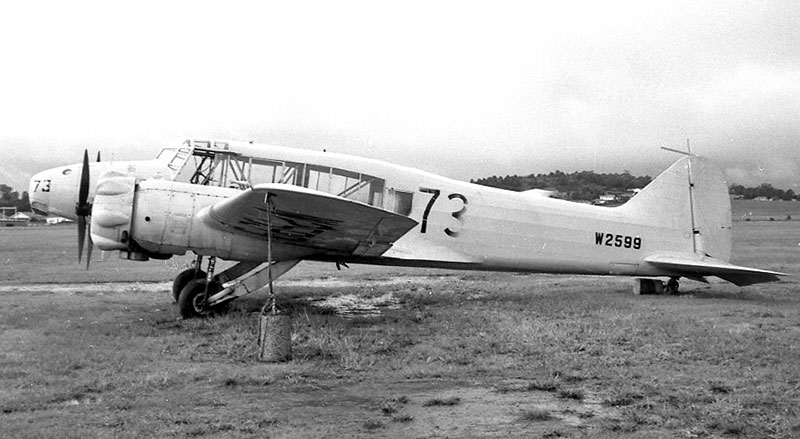
the DCA grounding. W2599 had not been given a civil conversion and was still in wartime trainer yellow after years stored in a
hangar. Seen at Bankstown in January 1964, in remarkably good condition. It was scrapped soon after.

charter and on the Kalgoorlie Royal Flying Doctor Service contract until 1957. At the time of the Anson grounding, DCA
granted his remaining Anson VH-BEL a 3 month extension to allow a photographic survey to be completed. Its final flight was
9 September 1962, then retired in the hangar, where it is seen in 1970 with flat tyres and fabric splitting from the dry heat.

flights from Kalgoorlie since 1934 were legendary. George's well-known intolerance of officialdom can be seen in his own
writing on the nose of his Anson VH-BEL.

Museum at Bull Creek. This 1976 picture shows how badly it had suffered in storage, before the major restoration commenced.
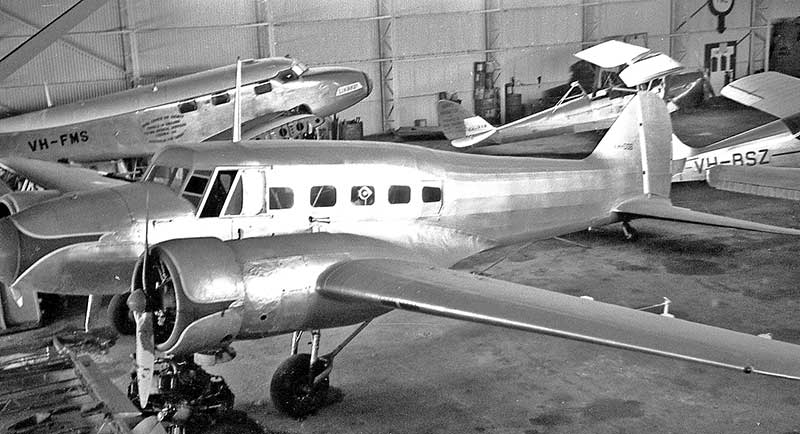
Before he collected his aircraft, DCA announced the planned June 1962 grounding order, and his plans were dashed. He left it at
Parafield parked in a Robbys hangar. Scaling the hangar wall gained this shot in March 1962. Silver with red trim.
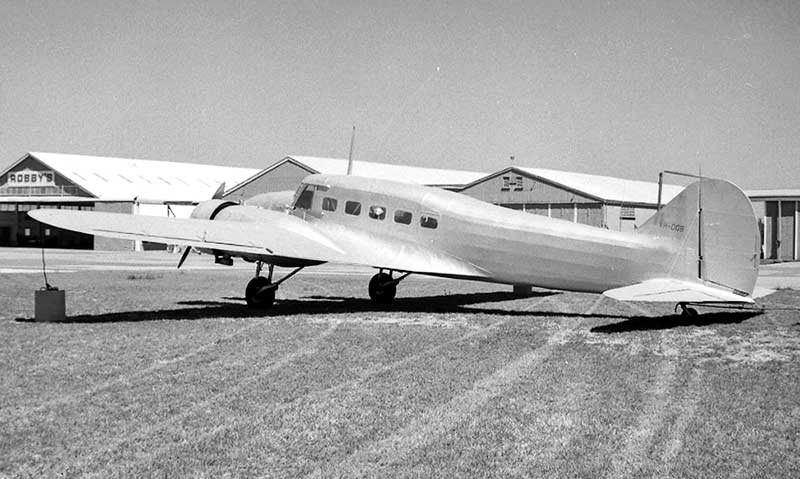
£25 when I wrote to him asking about about his intentions. After a year it was towed to the airport fire drill gound, and later
broken-up: the fuselage was taken to a hillside at Skye in the Adelaide Hills and used in a crash exercise in September 1964.
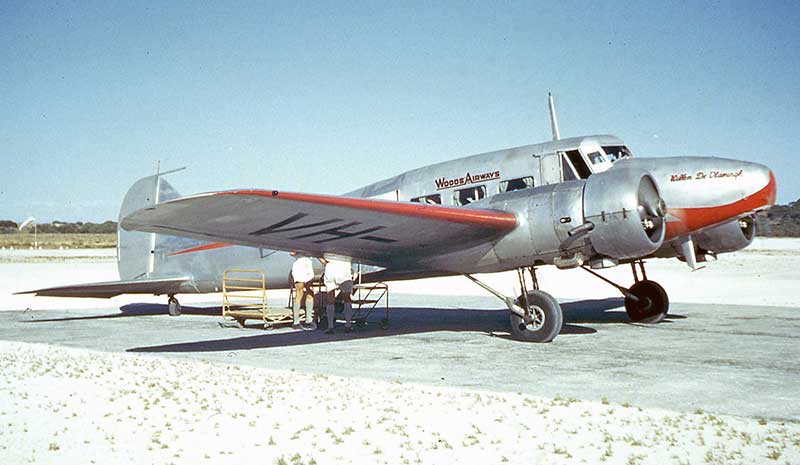
airline flew a single 18 mile route Perth Airport-Rottnest Island, with two Ansons VH-WAB & VH-WAC, and was much loved
by Perth holidaymakers. This rare colour picture picture, source not known, shows VH-WAB Willem De Vlamingh on the white
sand of Rottnest Island airfield in December 1958. It was named after the Dutch sailor who landed on the island in 1696.
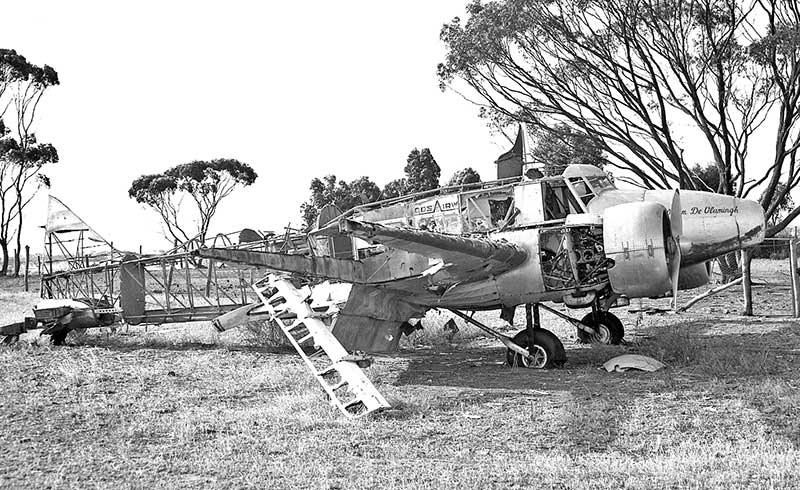
VH-WAB near Borden WA in 1970, badly affected by weather and children, but still standing on its undercarriage.
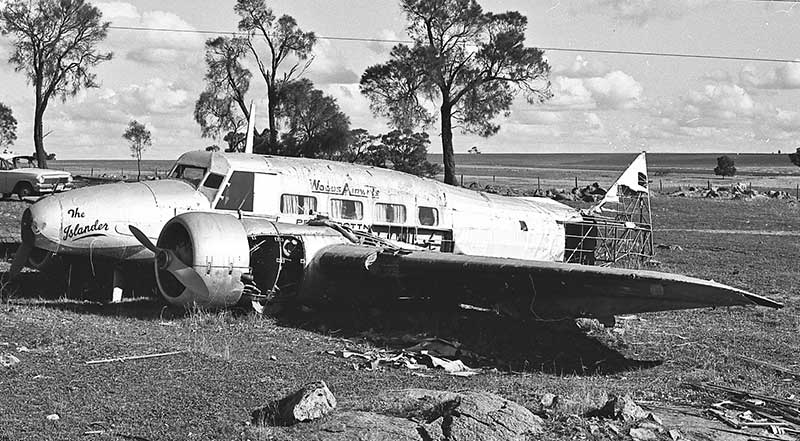
has been retracted for the childrens' safety. The mortal remains were collected some years later by the Air Force Association
museum group in Perth, to display the forward fuselage.

the rebuilding of one of their damaged Ansons VH-BAF with an Avro XIX metal wing and more powerful Cheetah XV engines,
which was completed in May 1963 as the one-and-only Avro 652AM (for Modified). It was outside their Moorabbin hangar
having an engine run that month, painted green and white with black trim. Today it is flying in NZ in camouflage as ZK-RRR.